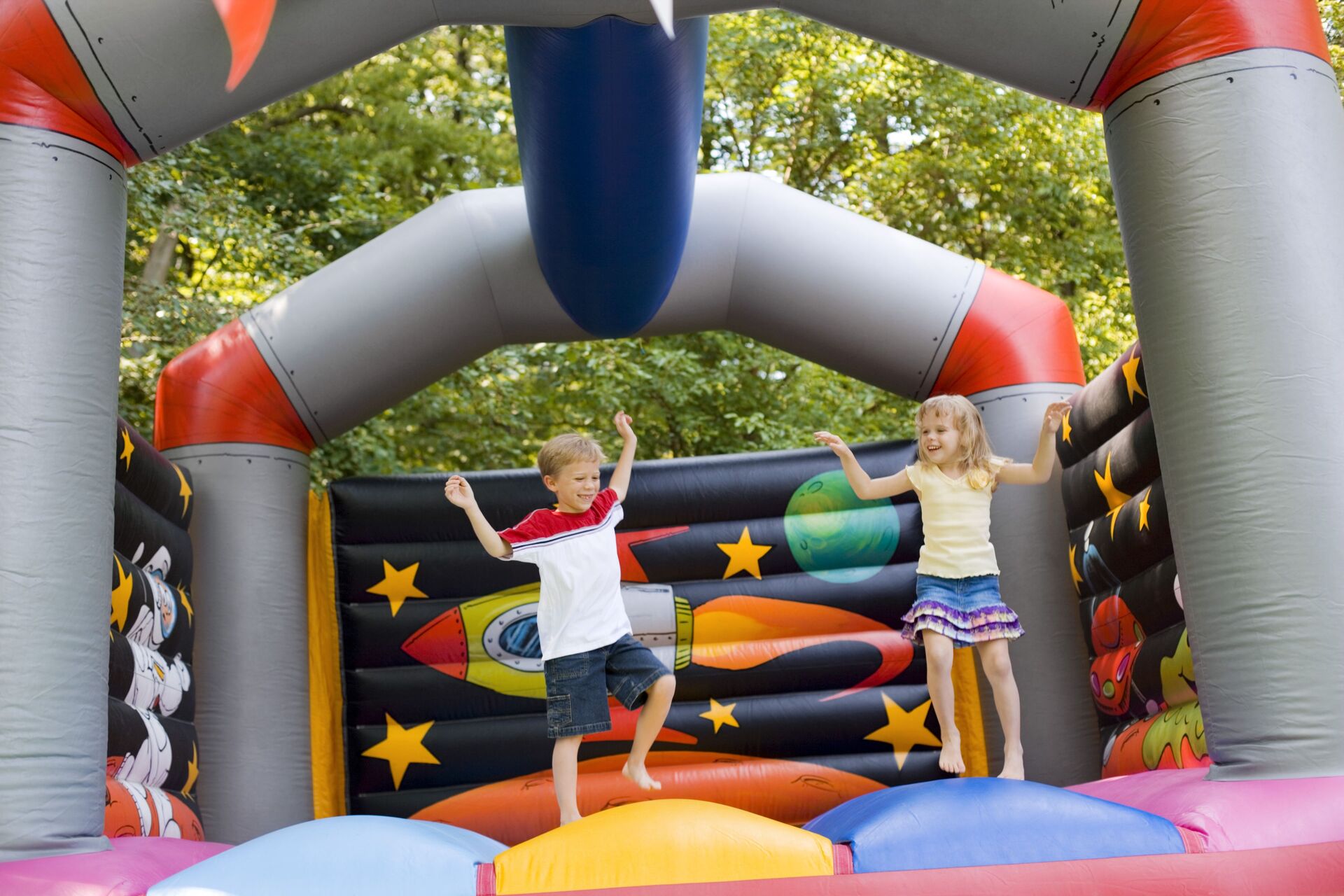

Articles
How To Store Bounce House
Modified: April 22, 2024
Learn the best tips and tricks for storing bounce houses in this comprehensive article. Discover how to properly clean, deflate, and store your inflatable fun for long-lasting use.
(Many of the links in this article redirect to a specific reviewed product. Your purchase of these products through affiliate links helps to generate commission for Storables.com, at no extra cost. Learn more)
Introduction
Welcome to the exciting world of bounce houses! These inflatable structures provide hours of fun and entertainment for children and adults alike. However, when it comes to storing your bounce house, there are a few important steps to follow to ensure its longevity and continued enjoyment.
Proper storage not only protects the bounce house from damage but also extends its lifespan, saving you money in the long run. In this article, we will guide you through the process of storing a bounce house correctly. From choosing the right location to securing it properly, we’ve got you covered!
Let’s jump right in and learn how to store your bounce house effectively.
Key Takeaways:
- Proper storage and maintenance are crucial for preserving the longevity of your bounce house. Choose the right location, clean, deflate, fold, and secure it to ensure endless hours of bouncing fun in the future.
- Regular maintenance, including thorough cleaning, proper deflation, and careful folding, is essential for keeping your bounce house in top condition. By following these steps, you can protect your investment and enjoy countless hours of bouncing fun.
Read more: How To Store A Bounce House
Choosing the Right Location
Before storing your bounce house, it’s important to find the right location where it can be kept safe and protected. Here are a few factors to consider when choosing the storage location:
- Indoor vs. outdoor: If possible, it is ideal to store your bounce house indoors. This provides better protection against harsh weather conditions such as rain, wind, and UV rays. A garage, basement, or storage shed can be great options. If indoor storage is not feasible, choose an outdoor area that is sheltered from direct sunlight and rainfall.
- Clean and dry area: Ensure that the storage location is clean and dry. Moisture can lead to mold and mildew growth, which can damage the bounce house. If needed, use a dehumidifier or moisture-absorbing products to maintain optimal conditions.
- Accessible but secure: Choose a location that is easily accessible so you can retrieve the bounce house when needed. However, make sure the storage area is secure to prevent unauthorized access or theft. Installing locks or using a gated storage facility can help keep your bounce house safe.
- Avoid sharp objects: Keep the bounce house away from sharp objects or tools that could potentially puncture or damage the material. This includes storing it away from gardening equipment, bicycles, or anything with sharp edges.
By selecting the right location, you can ensure that your bounce house remains in optimal condition and ready for use whenever you want to bring some bouncing joy to your life!
Cleaning the Bounce House
Before storing your bounce house, it is crucial to clean it thoroughly. Regular cleaning not only keeps the bounce house looking its best but also helps prevent the buildup of dirt, debris, and potential contaminants. Here’s a step-by-step guide to cleaning your bounce house:
- Remove any loose debris: Start by removing any leaves, grass clippings, or loose dirt from the bounce house. Use a broom, soft brush, or a handheld vacuum cleaner to sweep away the debris.
- Prepare a cleaning solution: Fill a bucket with warm water and add a mild detergent specifically designed for cleaning inflatable structures. Avoid using harsh chemicals or bleach, as they can damage the bounce house material.
- Clean the surface: Dip a soft cloth or sponge into the cleaning solution and gently scrub the surface of the bounce house. Pay close attention to any stained areas or spots. Use a soft-bristle brush for stubborn stains, being careful not to apply too much pressure that could cause damage.
- Rinse thoroughly: Once you have cleaned the entire bounce house, rinse it thoroughly with clean water. Use a hose or bucket to rinse off the soapy residue, ensuring that it is completely removed.
- Dry the bounce house: After rinsing, allow the bounce house to air dry completely before storing it. Avoid using heat sources like blow dryers or placing the bounce house directly under the sun, as excessive heat can damage the material.
Regularly cleaning your bounce house not only keeps it looking its best but also helps maintain its structural integrity. By following these cleaning steps, you’ll ensure that your bounce house remains clean and ready for the next bouncing adventure.
Deflating the Bounce House
Once your bounce house is clean and dry, it’s time to deflate it before storing. Deflating the bounce house properly is essential to prevent damage and ensure a smooth folding and rolling process. Here’s how to deflate your bounce house:
- Turn off the blower: Start by turning off the blower that supplies air to the bounce house. This will stop the continuous airflow and allow the bounce house to deflate.
- Remove any remaining occupants: Ensure that there are no children or other individuals still inside the bounce house before deflating it. Safety should always come first.
- Open the valve(s): Locate the deflation valve(s) on the bounce house. These valves are typically located near the entrance or on the side of the structure. Open the valve(s) to release the air inside.
- Press down on the bounce house: To assist with deflation, gently press down on different areas of the bounce house to help release the trapped air. This will help facilitate the deflation process.
- Fold and roll the bounce house: Once the majority of the air has been released, carefully fold the bounce house in small sections. Start from one end and gradually work your way to the other, making sure to keep the folds neat and even. Then, roll the folded bounce house tightly to ensure a compact storage size.
Remember to take your time during the deflation process to avoid rushing and potentially damaging the bounce house. Properly deflating the bounce house sets the foundation for a seamless storage process.
Folding and Rolling the Bounce House
Now that your bounce house is deflated, it’s time to fold and roll it for compact storage. Proper folding and rolling techniques will help save space and prevent any unnecessary wear and tear on the material. Here’s how to fold and roll your bounce house:
- Smooth out any wrinkles: Before folding, take a moment to smooth out any wrinkles on the bounce house. This will help ensure a neat and even fold.
- Start folding from one side: Begin folding the bounce house from one side towards the middle. Fold it in thirds or quarters, depending on the size of the bounce house and your preferred folding method. Make sure to keep the folds even and avoid creasing or bending the material excessively.
- Secure the folds: Once the bounce house is neatly folded, secure the folds in place using straps or bungee cords. This will prevent the bounce house from unfolding during storage.
- Roll the folded bounce house: After securing the folds, start rolling the bounce house tightly from one end to the other. Apply gentle pressure as you roll, making sure it’s tightly compacted.
- Secure the rolled bounce house: Once rolled, use straps or bungee cords to secure the rolled bounce house. This will hold it in place and prevent it from unraveling.
Proper folding and rolling techniques ensure that your bounce house occupies minimal storage space and remains in good condition. Take your time and be gentle during this process to avoid any unnecessary strain on the material.
When storing a bounce house, make sure it is completely dry to prevent mold and mildew. Fold it carefully and store it in a dry, cool place away from direct sunlight.
Read more: What Is A Bounce House
Storing the Bounce House
Now that your bounce house is folded and rolled, it’s time to store it in a proper location to ensure its safety and longevity. Here are some key considerations for storing your bounce house:
- Protective storage bag: Invest in a sturdy storage bag specifically designed for bounce houses. These bags offer added protection against dust, dirt, and potential damage. Place the folded and rolled bounce house inside the storage bag, making sure it fits comfortably.
- Vertical storage: If space allows, store the bounce house vertically to save floor space. This can be done by standing it up against a wall or using a storage rack. Make sure it is secured in an upright position to prevent it from tipping over.
- Labeling: Consider labeling the storage bag or using clear plastic pockets to insert a label with the bounce house’s name or a description. This will make it easier to identify the bounce house when you need to retrieve it.
- Temperature control: Choose a storage location that maintains a stable temperature. Extreme heat or cold can negatively impact the bounce house material. Avoid storing it in areas prone to temperature fluctuations, such as attics or basements without proper insulation.
- Keep away from pests: Ensure that the storage location is free from pests such as rodents or insects. Use pest control measures if necessary to prevent any damage caused by unwanted visitors.
By following these storage tips, you can maintain the integrity of your bounce house and ensure it is ready for countless hours of bouncing fun in the future.
Properly Securing the Bounce House
When storing your bounce house, it’s important to properly secure it to prevent any accidental unfolding, damage, or potential safety hazards. Here are some guidelines to help you secure your bounce house effectively:
- Straps or bungee cords: Use sturdy straps or bungee cords to secure the folded and rolled bounce house. Make sure to loop the straps or cords tightly around the bounce house, ensuring it remains compact and in place.
- Anchor points: If your bounce house has built-in anchor points or D-rings, utilize them for additional security. Attach the straps or bungee cords to these anchor points to prevent movement or unfolding.
- Secure storage area: If storing the bounce house outdoors, ensure that the storage area is secure and protected. Use locks or install a fence to prevent unauthorized access. Consider covering the bounce house with a tarp or protective cover to shield it from the elements.
- Elevated storage: If possible, store the bounce house off the ground to prevent moisture damage. Place wooden pallets or boards underneath the storage bag to provide elevation and improve air circulation.
By properly securing your bounce house during storage, you can have peace of mind knowing that it will remain in excellent condition and ready for use whenever you decide to bring it out again.
Regular Maintenance Tips
To ensure the longevity and optimal performance of your bounce house, regular maintenance is essential. Here are some key maintenance tips to keep in mind:
- Inspect before and after each use: Before setting up the bounce house, carefully inspect it for any signs of damage, such as punctures, tears, or loose seams. After each use, conduct another inspection to identify any potential issues that may have occurred during play.
- Patch up small punctures or tears: If you notice any small punctures or tears, address them promptly to prevent further damage. Most bounce houses come with repair kits that include patch material and adhesive. Follow the manufacturer’s instructions to patch up any minor damages.
- Keep the bounce house clean: Regularly clean the bounce house with mild detergent and water, as mentioned earlier. Additionally, make it a habit to wipe down the bounce house after each use to remove any dirt or debris that may have accumulated during play.
- Store in a climate-controlled area: Whenever possible, store the bounce house in a climate-controlled environment. Extreme temperatures, both hot and cold, can degrade the material and affect its overall performance and lifespan.
- Rotate usage spots: If you frequently set up your bounce house in the same location, consider rotating the usage spots. This will help distribute the wear and tear more evenly, preserving the integrity of the bounce house.
- Properly deflate and fold: When it’s time to deflate and fold the bounce house, carefully follow the steps outlined earlier in this article to ensure a proper folding technique. Improper folding can lead to creases, which may contribute to premature wear and tear.
By staying on top of maintenance tasks and addressing any issues promptly, you can prolong the life of your bounce house and continue to enjoy endless hours of bouncing fun.
Conclusion
Congratulations! You are now equipped with the knowledge and understanding of how to properly store your bounce house. By following the steps outlined in this article, you can ensure that your bounce house remains in excellent condition, ready for countless hours of bouncing fun in the future.
Remember to choose an appropriate location for storage, clean the bounce house thoroughly before deflating it, and use proper folding and rolling techniques. Securing the bounce house and conducting regular maintenance are also key to preserving its longevity.
By taking the time to store your bounce house correctly, you are not only protecting your investment but also creating opportunities for endless enjoyment for yourself, your family, and your friends.
So go ahead, confidently store your bounce house knowing that you are setting it up for success. When the time comes to take it out again, you’ll be thankful for the extra effort you put into proper storage.
Happy bouncing!
Frequently Asked Questions about How To Store Bounce House
Was this page helpful?
At Storables.com, we guarantee accurate and reliable information. Our content, validated by Expert Board Contributors, is crafted following stringent Editorial Policies. We're committed to providing you with well-researched, expert-backed insights for all your informational needs.
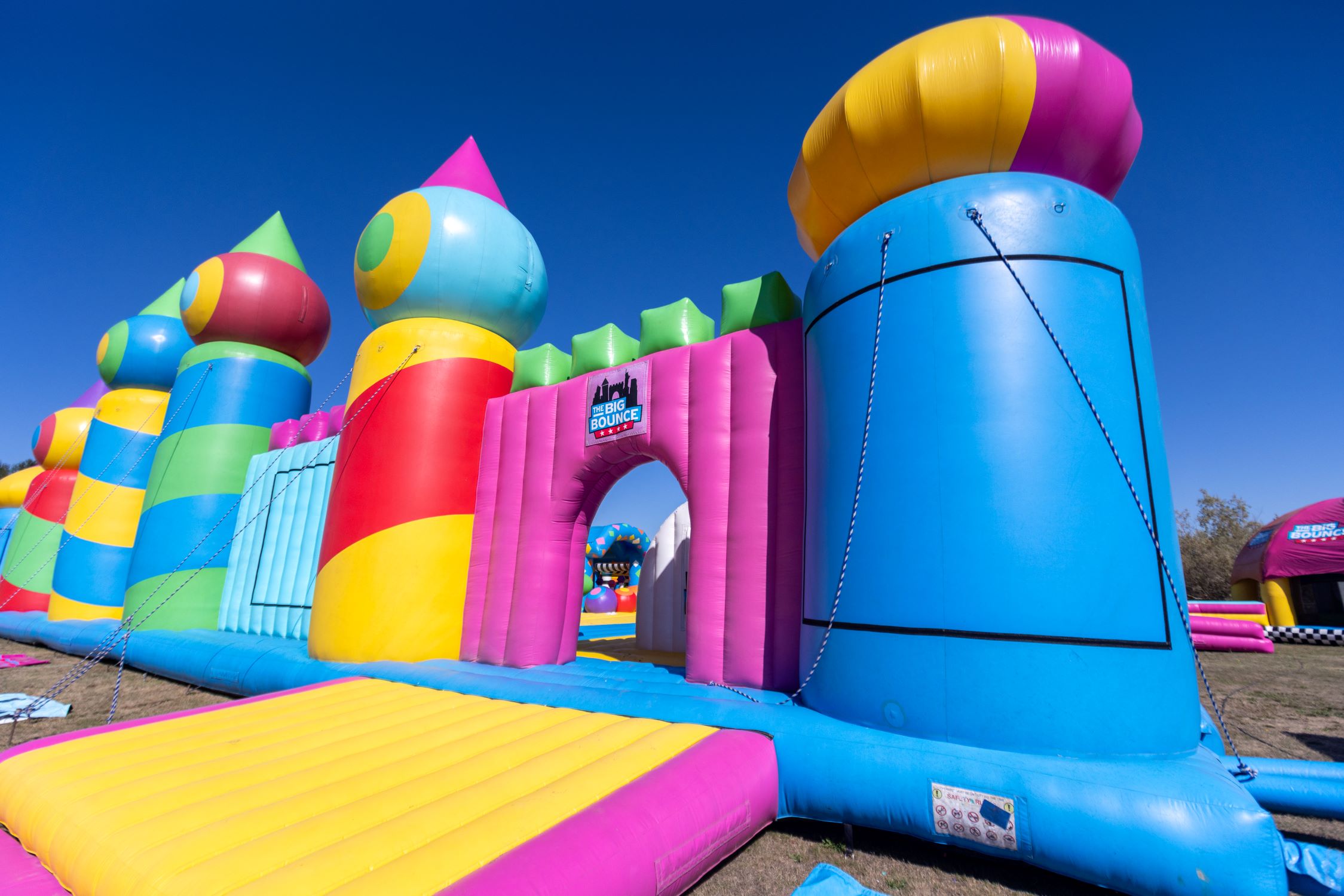
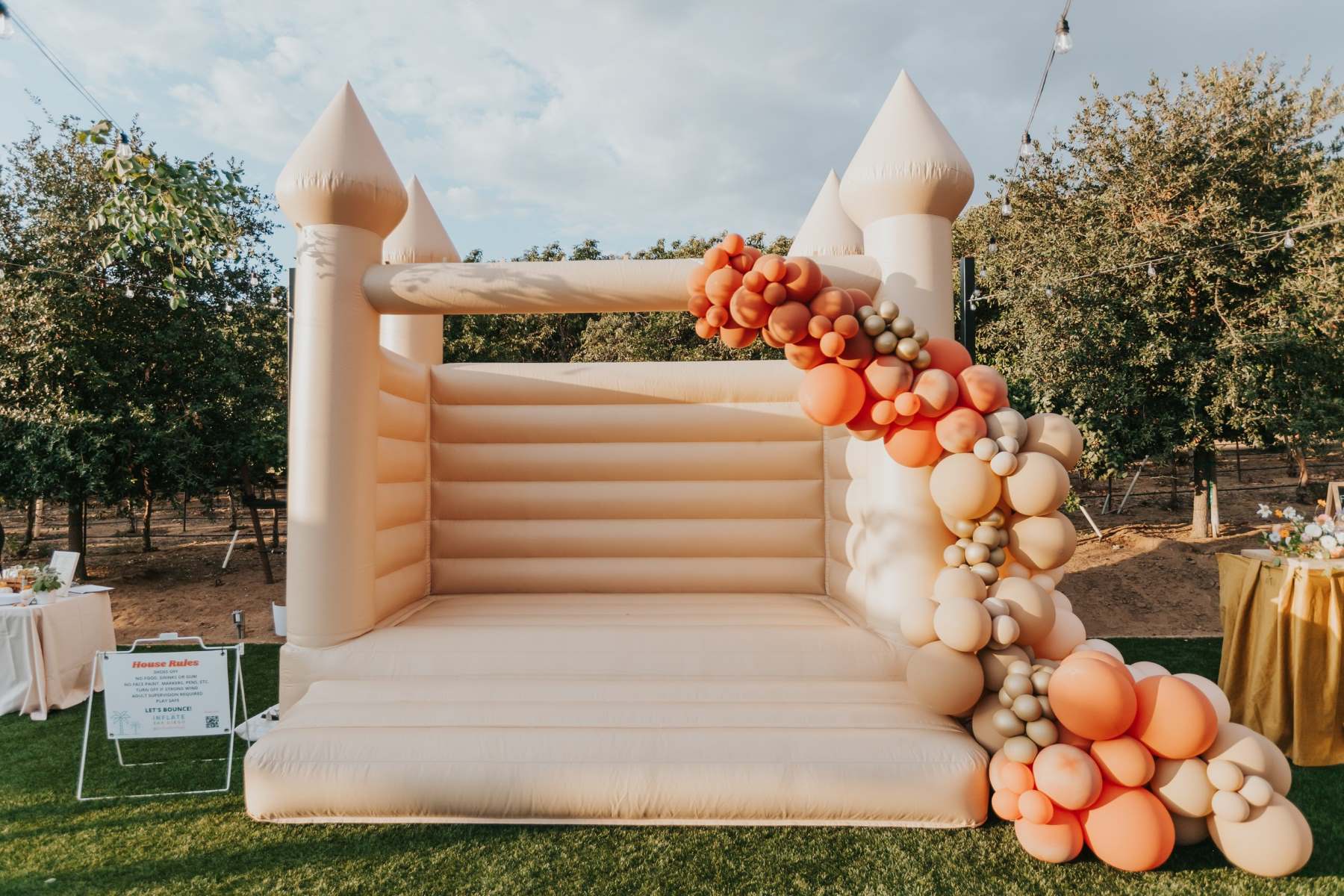
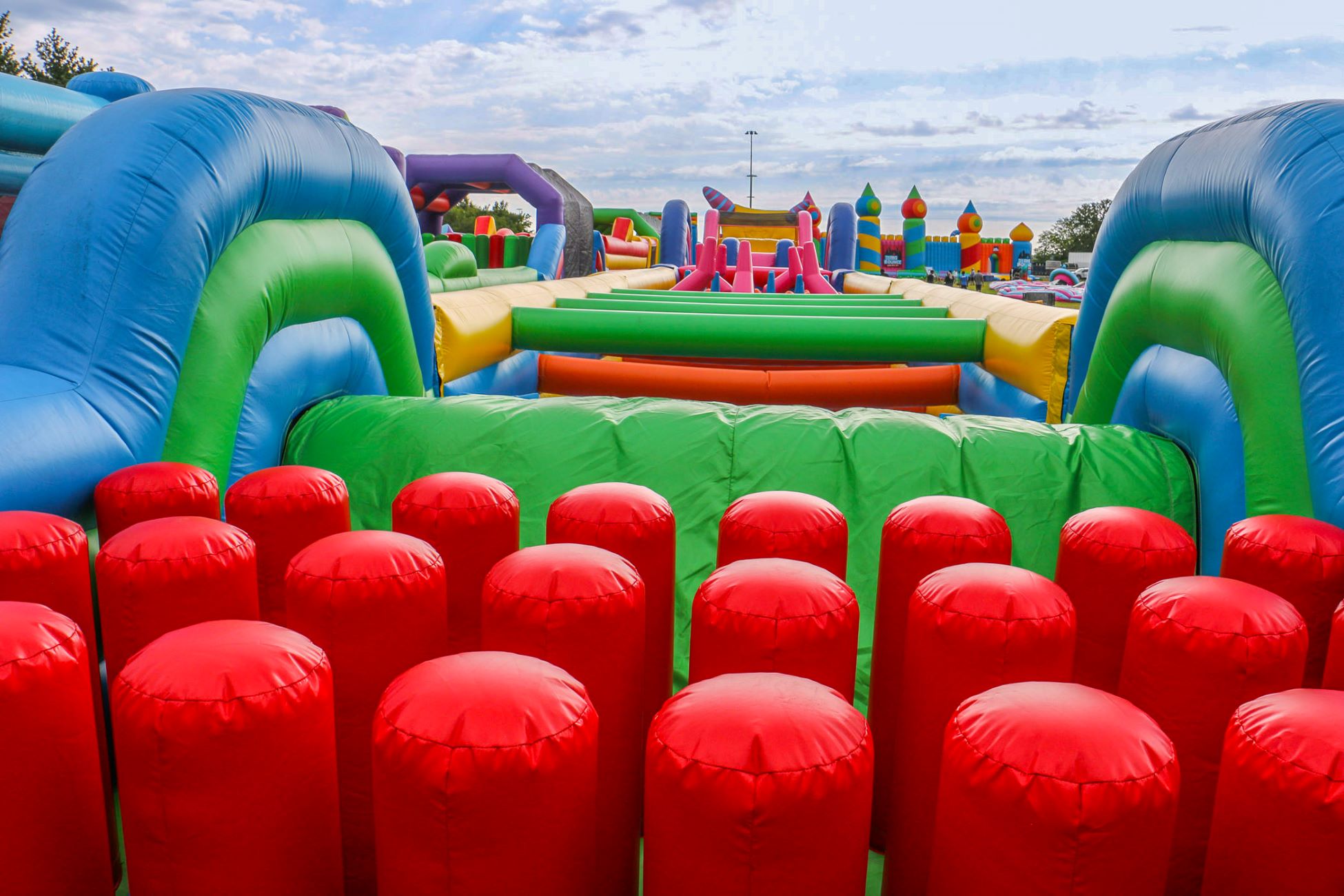

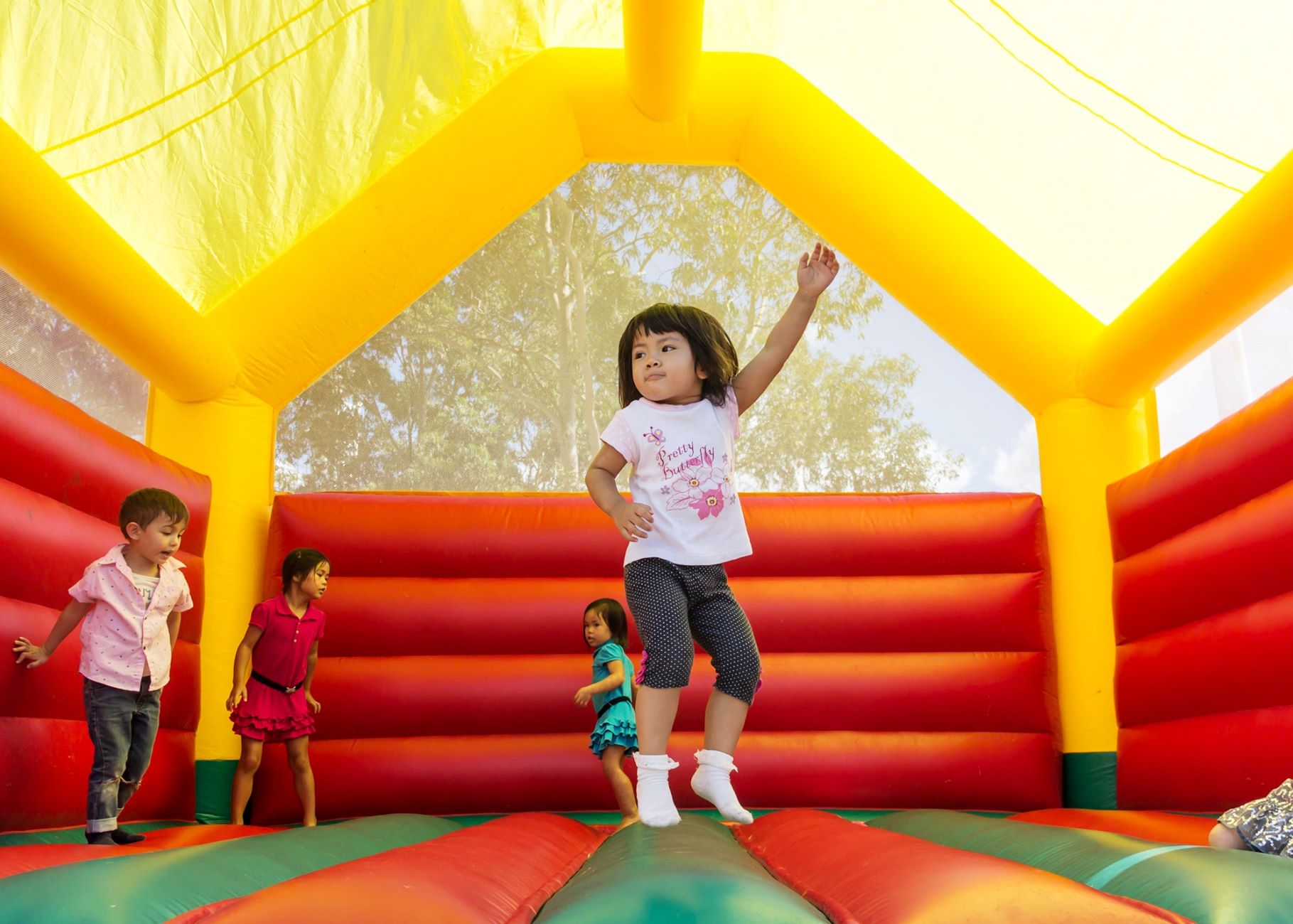
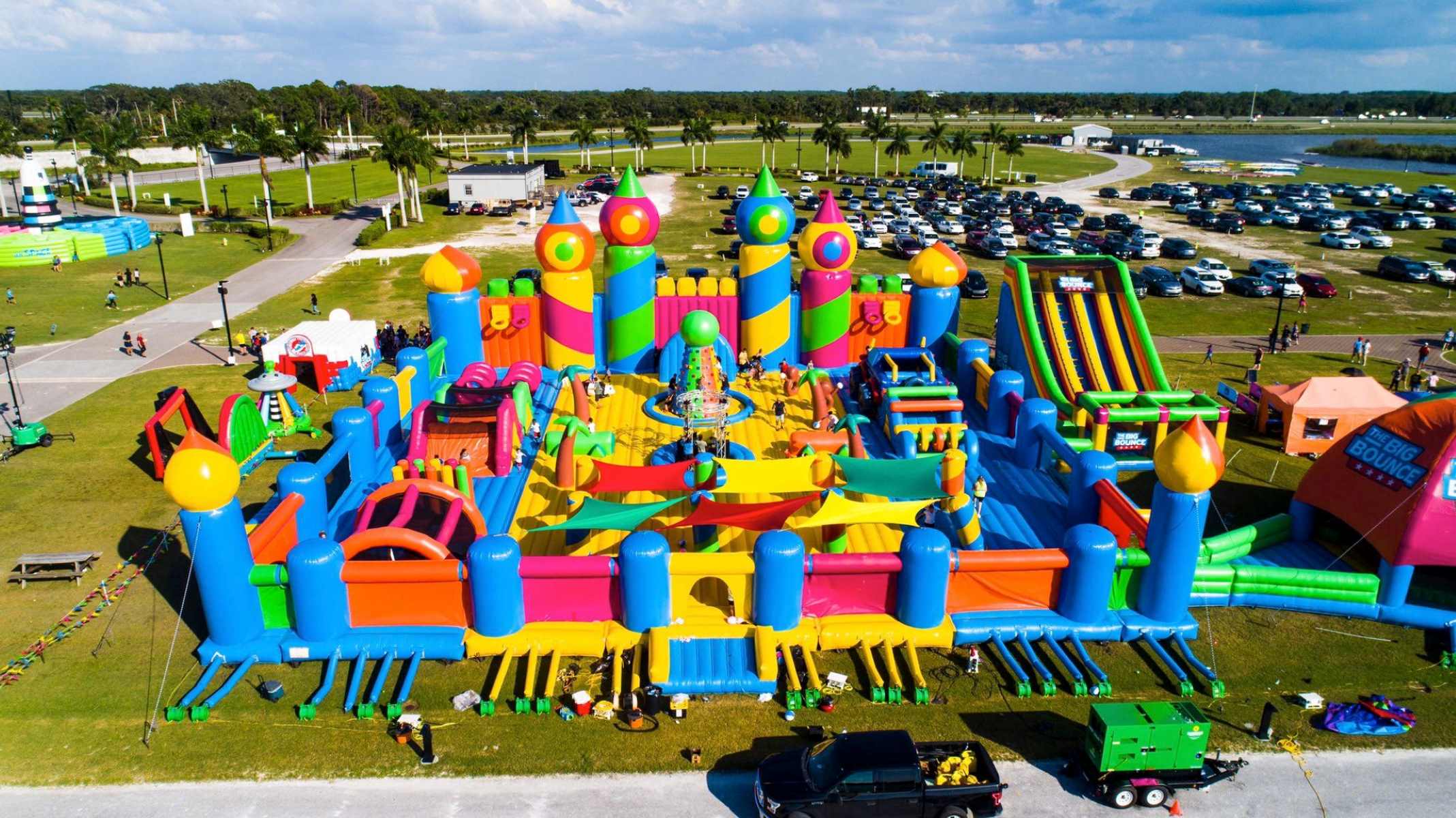
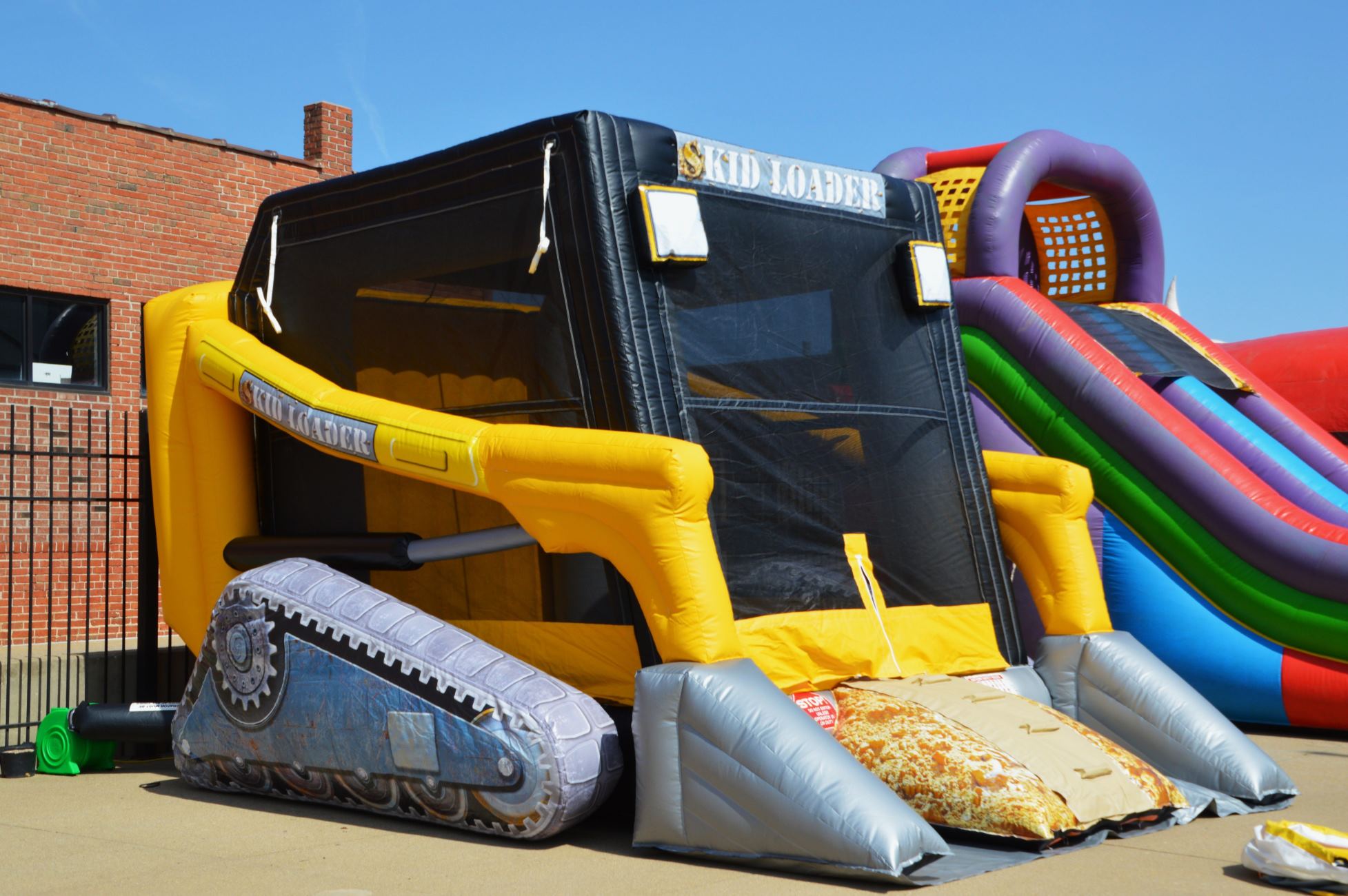
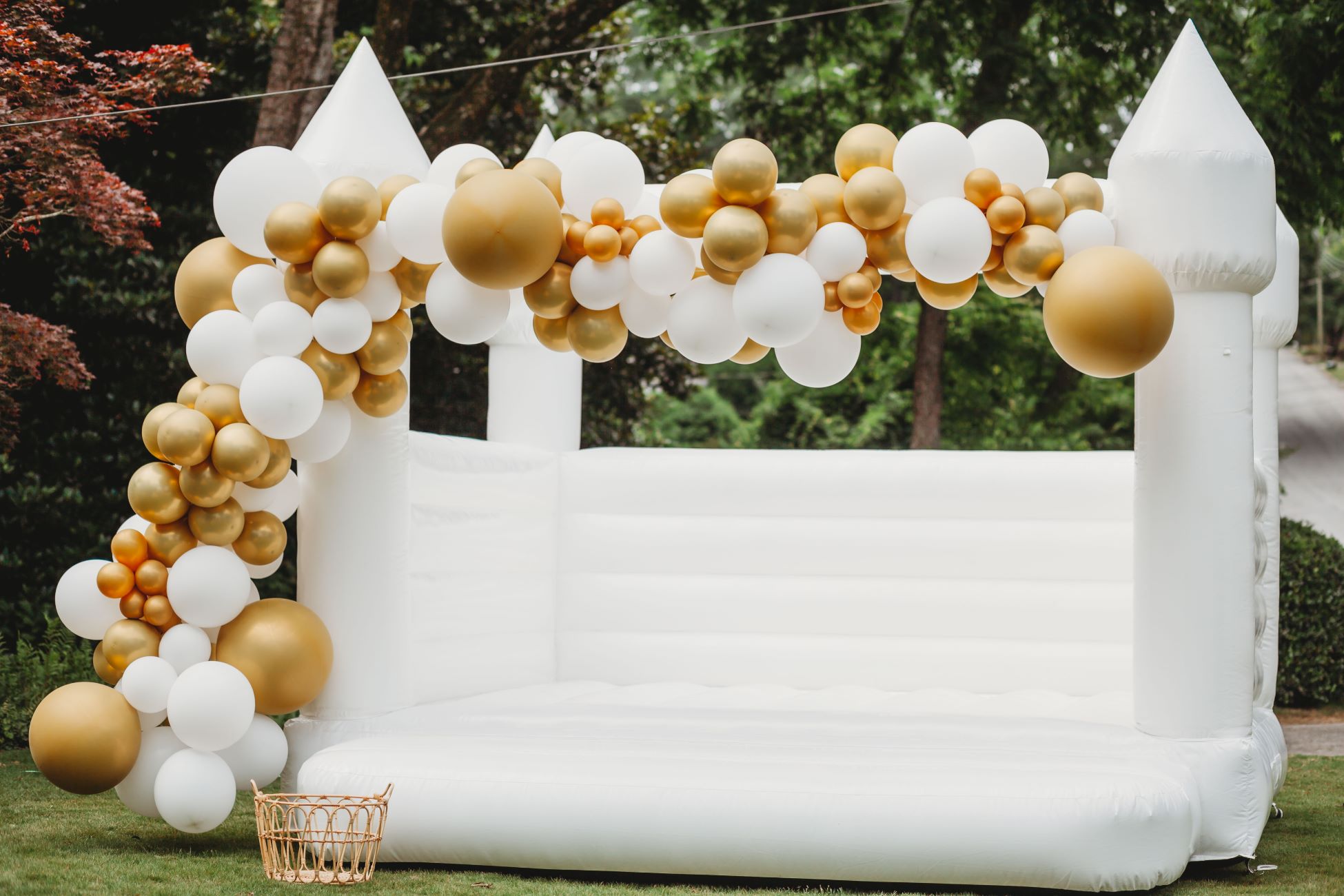
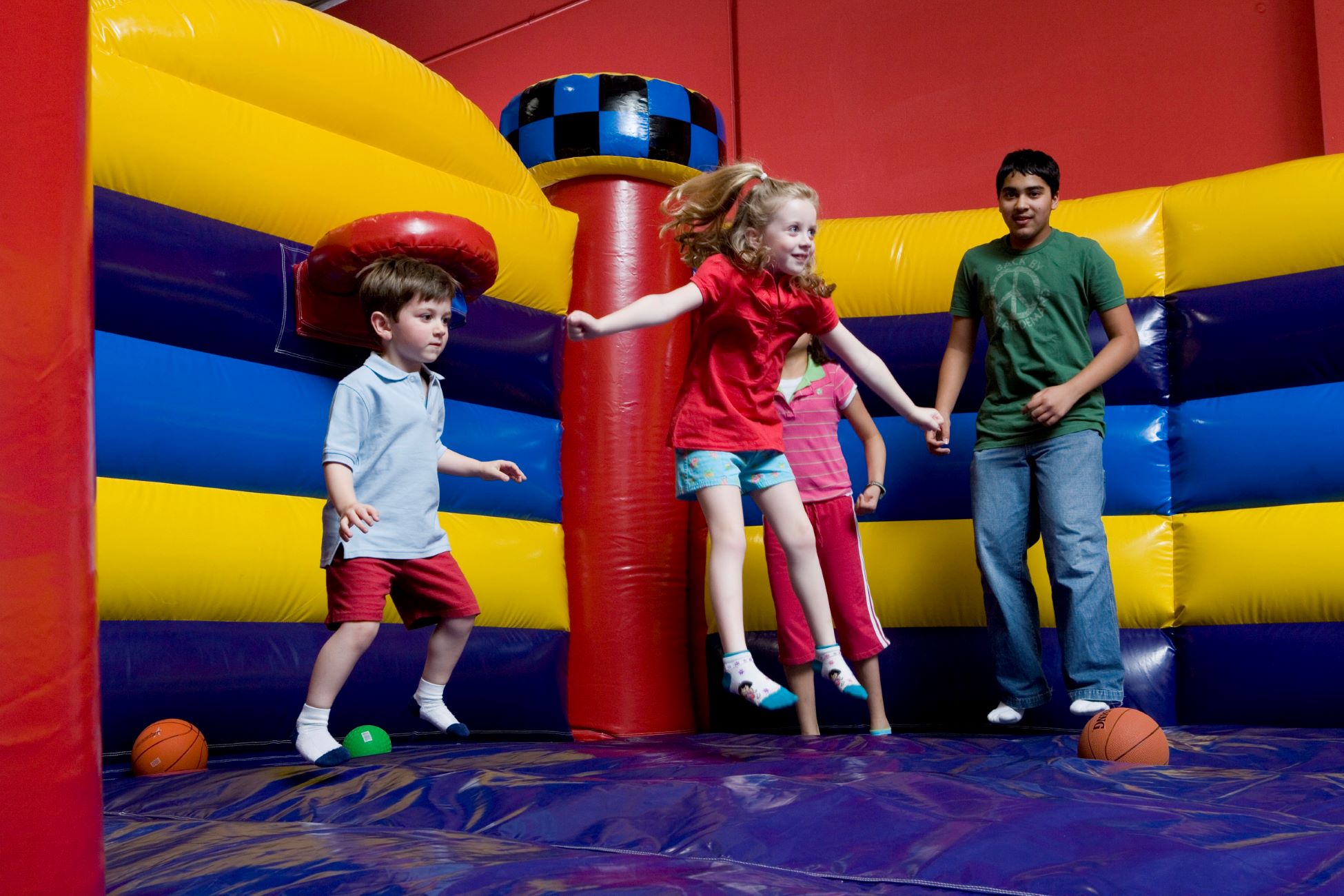
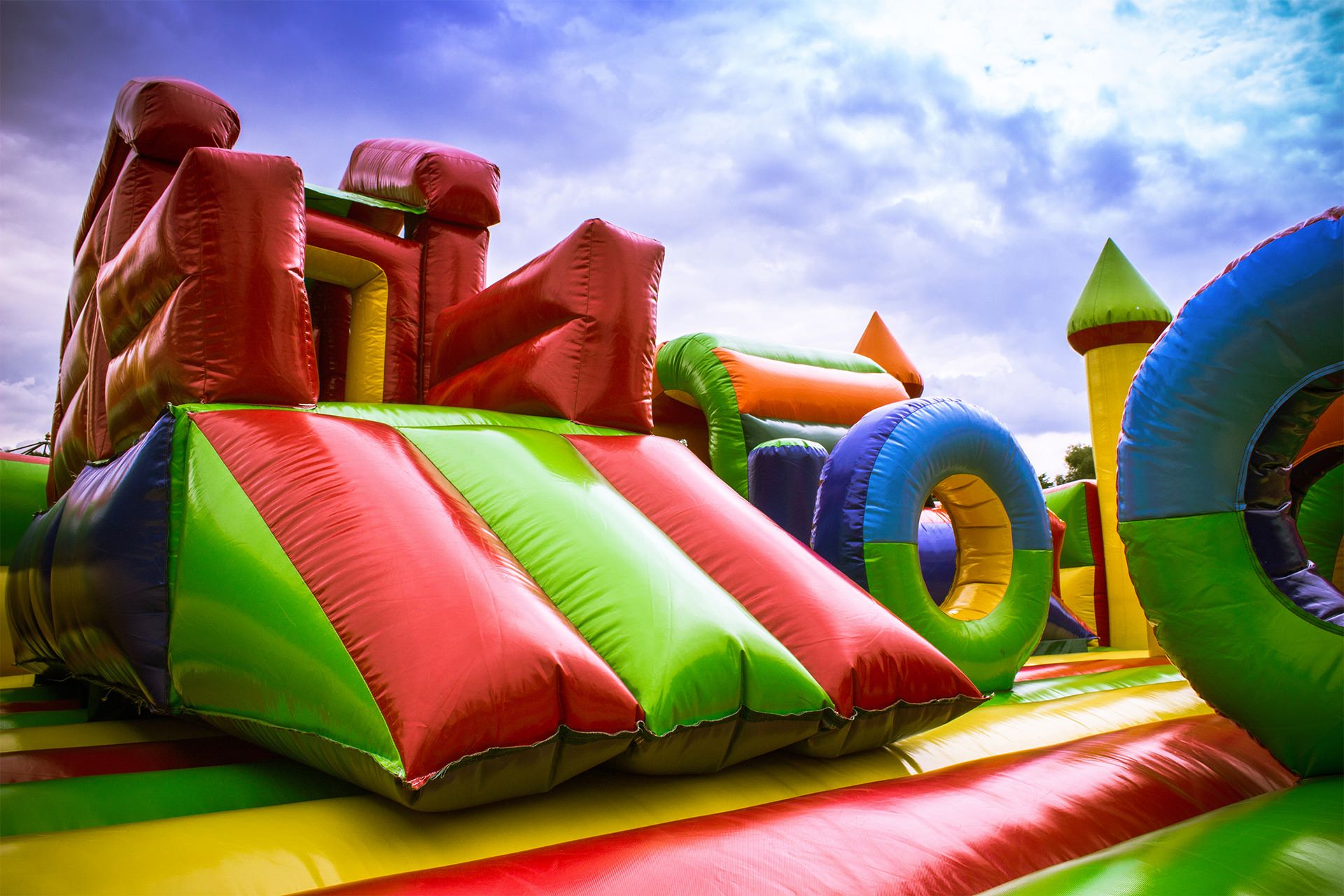
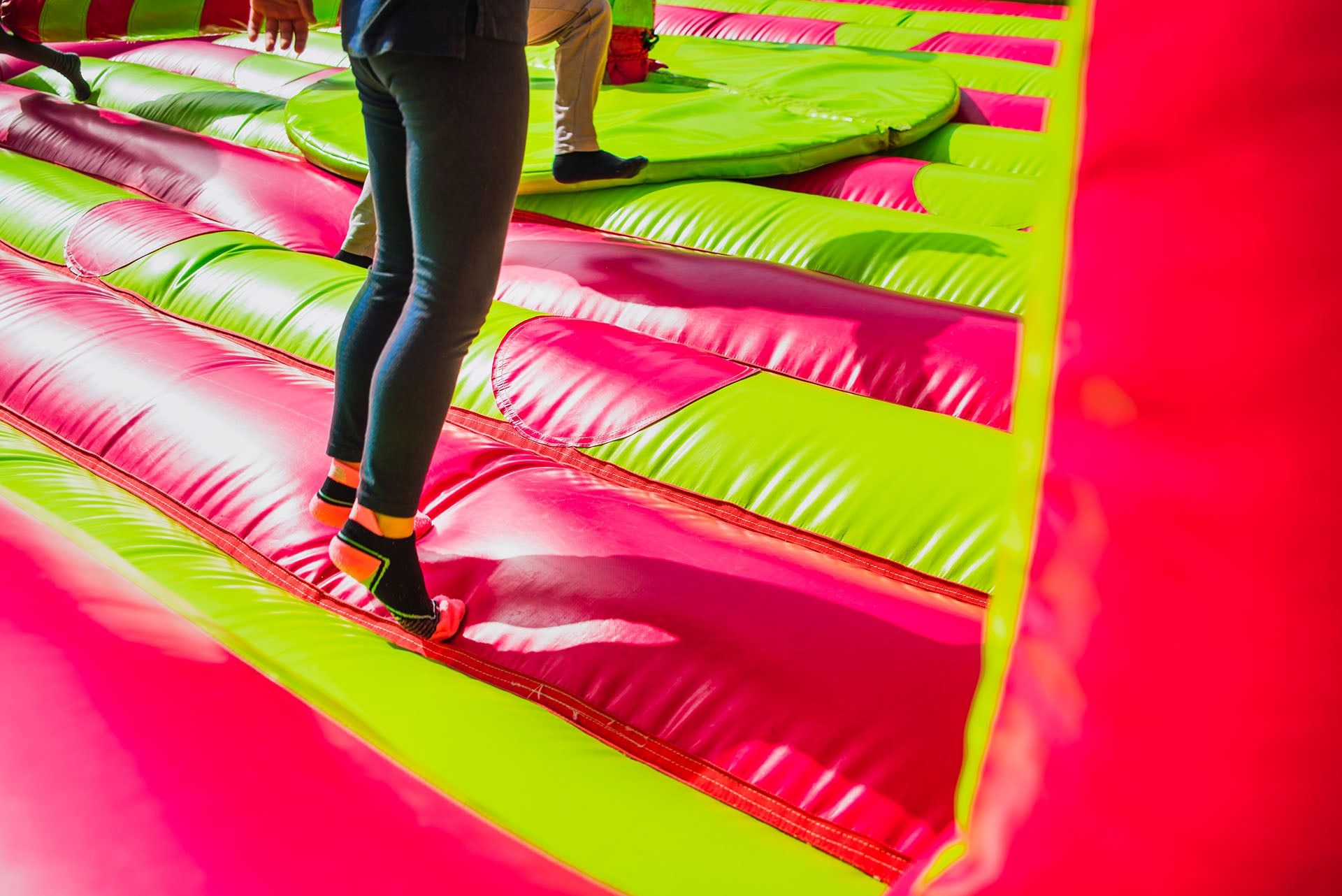
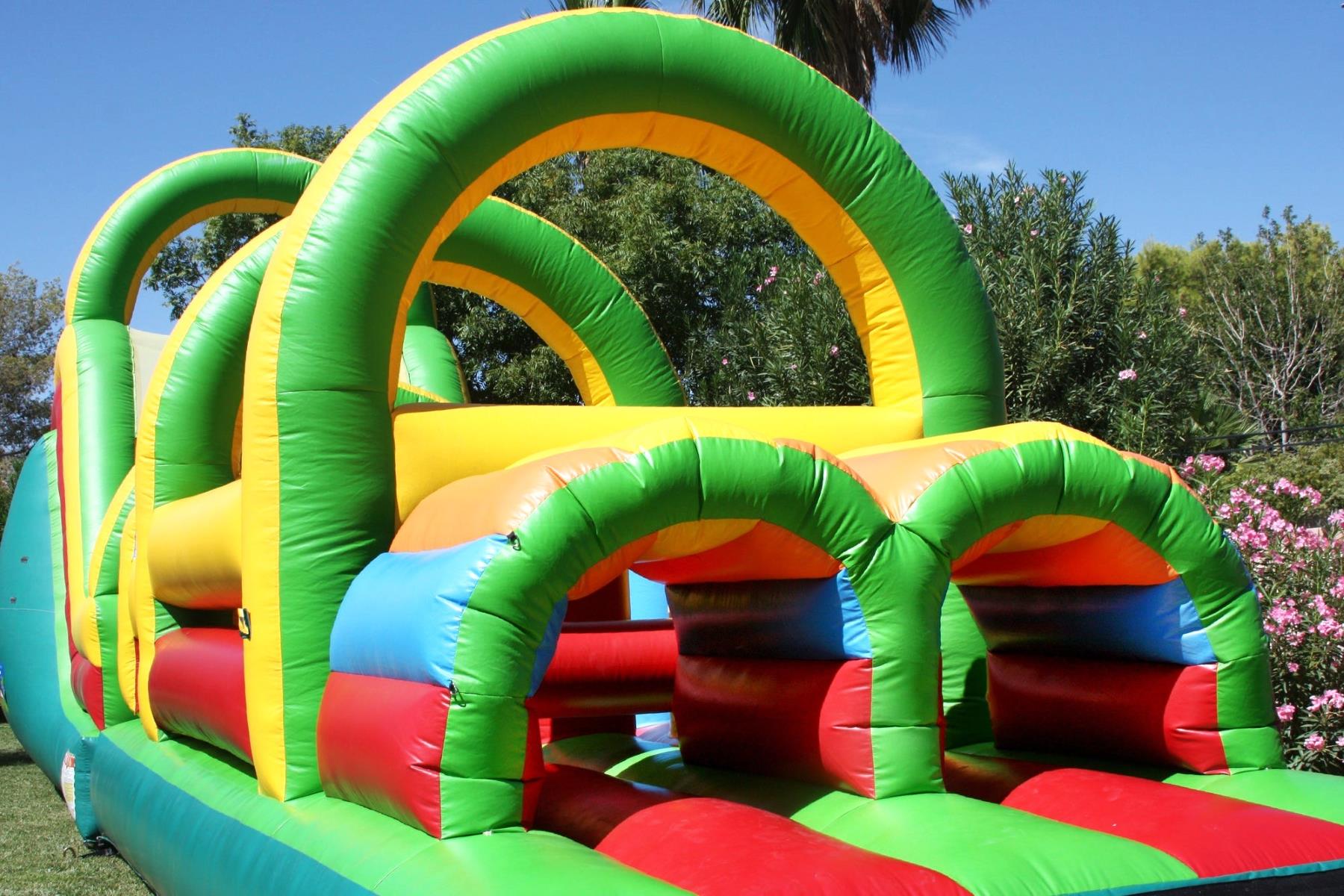
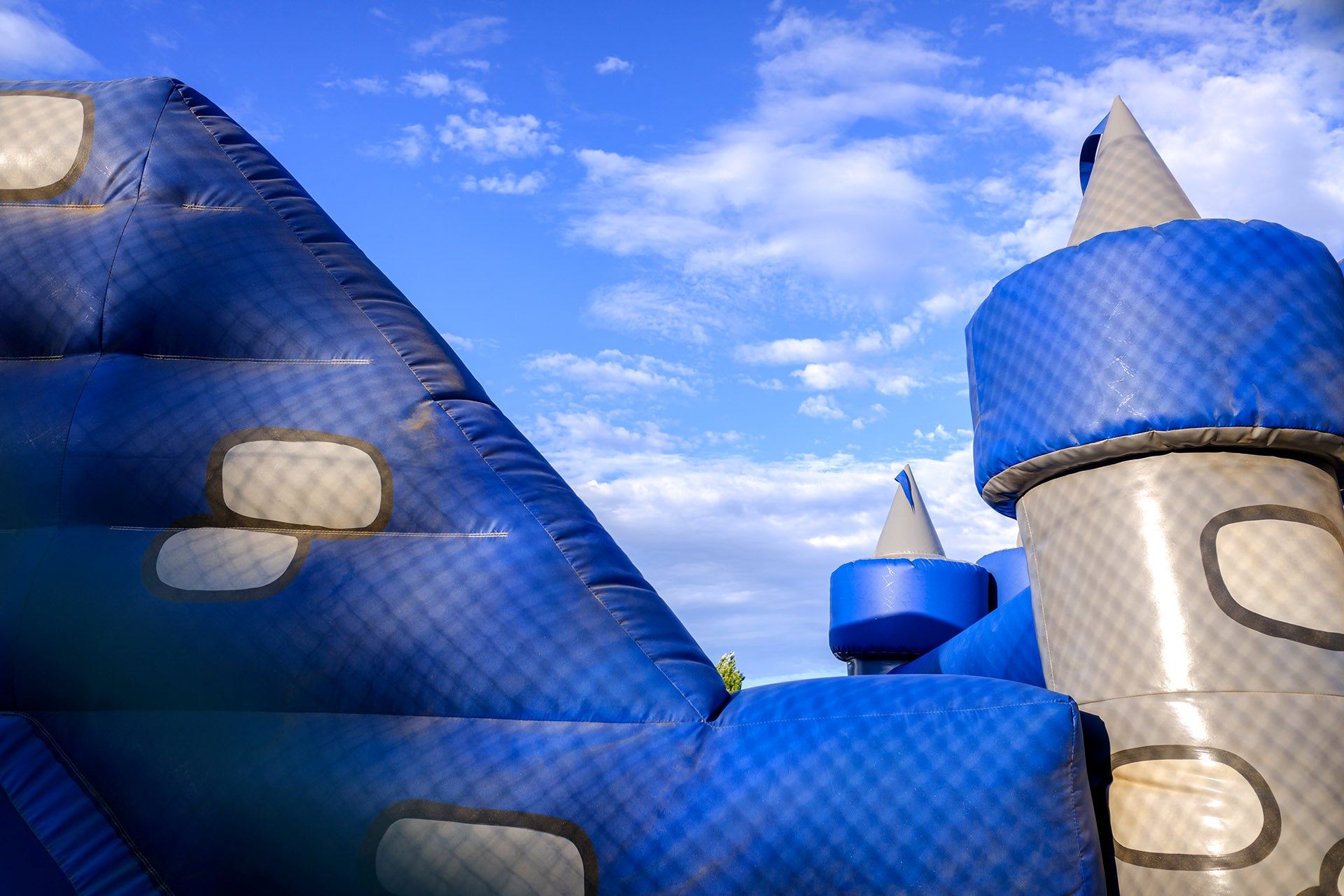
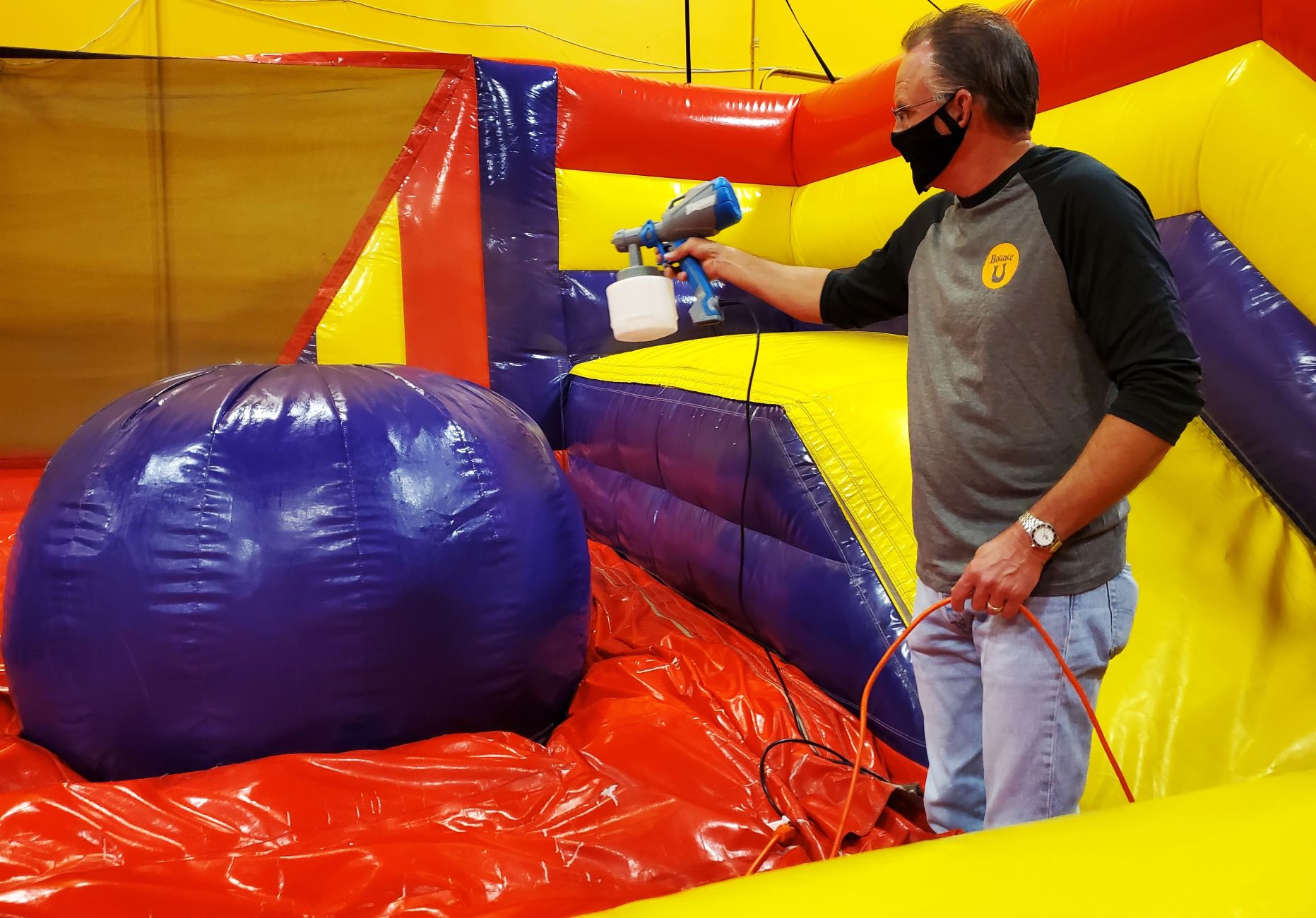

0 thoughts on “How To Store Bounce House”